From Kolec Cefa
Memorie.al / Maria! This young and graceful girl inherited the noble blood of our people, which circulated among her, like an Albanian gene, full of racial vitality. Equipped with virtues, she gave hope from early on for a life full of wisdom, desire for knowledge, impulses for useful activity. He had a graceful face full of the light of sincerity, two soft and wise eyes, lit by the kindness of his heart and, between his lips, a lively and joyful laugh, he kept it to himself. He looked at you with love, listened attentively and had a human dialogue.
In the conversation, between the interests, the reason for love, he leaned towards love. We base her word on virtue; conduct, in grace; works, in living religion. The word always sweet, the behavior always humane, the deed always useful to others. He had a transparent soul, because he did not serve lies, evil.
It was either a virtue given from above, or inherited, or acquired over the years. Even when the communists dissolved the religious associations and orders, closed the clerical schools, destroyed the church altars, it was preserved from the rust of the soul, from the decay of vices, from the corruption of sin.
This flower of virtue remained more “sister” than daughter, more soul than body, more spirit than man. The virtues of the soul and the flowers of the garden stink!
Today’s society is bringing its eyes more, not to the politicians, nor to those capable of invention, but to these good-hearted creatures, who sacrifice themselves in the service of others, on the path that Mother Teresa followed, that: “Without love and sacrifice, life has no meaning”!
A little biography
The well-known daughter of Nikolë Mark Tuci and Dila Fusha, was born on March 12, 1928, and was then baptized with the beautiful name Marie. Her family lived in the village of Ndrefushëz in Mirdita, with old religious roots and well-known patriotic feelings. It was a religious and anti-communist family.
He came from the tribe of Prengë Bibë Doda, vice president of the connection of Prizren, many years exiled in Anatolia, Turkey, participant in political activities and social conflicts, friend of the Abbot of Mirdita.
Maria’s grandfather is also mentioned in Mirdita as brave and patriotic, it is even sung in folk songs that he fought against the Turks and their tools in Mirdita. Do not tolerate Turkish violence, he, together with Ndue Gjon, killed the Turkish Bimbash, who burned the towers of Oroshi.
And Maria grew up among the care, caresses and parental love; you listened to the prayers of the brothers for religion and for the country. After attending school, he completed his primary and secondary studies at the school of the “Stygmatine Sisters”, where knowledge and morals were well acquired, where he learned a western culture and grew and strengthened his character. By nature, old and strong-willed, she excelled in lessons.
Then he denied the joys of life in the flower of youth, entered the difficult path of the “Stygmatine Sisters”, and was formed to live for the ideals of “Religion and Fatherland”, and was able to fight to defend his convictions. Although hard times came, she proved brave, even combative.
Monsignor Frano Gjini managed to intervene so that the two girls from Mirdita: Maria, Davida and Gjonmarkaj, as capable, well-educated and prepared, were appointed teachers in Mirdita. But soon the class war transferred Marie to a very remote village of Mirdita. And there were very good results. The villagers began to call him; “girl with masculine features”.
The murder of Bardhok Biba was quickly used as a pretext to spread the red terror. In Mirdita, which was not easily subjugated, imprisonments quickly began good and bad, internments with and without guilt, shootings with and without process. Mirdita tried everything with the communist and anti-Catholic dictatorship of the proletariat. As a criminal prosecutor later declared: “Leshëras, Prengërat, Zefërat, we have taken good luck and liquidated them as the enemies of the people”.
Maria’s family also experienced this fate, and Maria herself, who was arrested on 10.08.1949. On that day, his brother was also arrested. While the sister, she also became active with the “group of students”, with the grandmother, they were interned in Tepelena. What is forgotten is repeated! They put him in a dark dungeon, without light, without air, without life!
They started the investigation with deceptive friendships, continued it with provocations and threats, and ended it with torture until death. The investigator, a man full of vice and crime, insisted on desecrating that young, innocent creature, but the girl, the blood of the tribe and the daughter of virtue, was educated by the stigmata, to face the furious fury of the sin of impurity and class hatred. He wanted to defame his sister’s virginity; he wanted to break the masculinity of Gjomarkaj.
A friend from prison, Olimbi Baruti, testified: “Maria was smart, brave, believed a lot and prayed a lot in prison. She was an opponent of atheistic communism. Once a month, he received something from the family, through a housemate, which he distributed among his friends.
While his co-imprisoner, Vida Matlija (died 1994), stated the following: “During the cold, we hugged each other to keep warm. The dungeon of the prison was full of water, which even dripped onto the mattress. He was taken to the hospital, in serious health conditions…”!
But this martyr saw virtue and democracy, the desire for life in love for people, the beauty of life in service to others; he saw the purpose of life in the purpose of the stigmatine sisters. And all three of these softened the suffering, lessened the pain, and removed the fear in those hours of torture.
Zef Margjini, persecuted by communism, in the work; “Walking of an Albanian towards freedom”, he writes about Marie Tucin: “A girl around 20 years old, I personally knew her and her family, was arrested for reasons of views and subjected to terrible torture: they stripped her and put her in a sack big and they put a cat with him; they tied the sack around its neck and then, the criminal policemen, hit the cat with sticks, savage it, devour it. Animal, don’t look towards me, it was scratching the girl’s body…”! (page 38).
“Her words still ring in my ears,” Sister Virgina tells me. – I went to the hospital and while walking in the long corridor of the hospital, I heard a voice: “Sister Virgina, don’t you know me, I’m Maria”! I almost burst into tears. I was held. “The head of the branch told me,” continued Maria, “I will make sure that your family doesn’t even know.” And really, it was made not to be recognized”!
Even former prisoners; Terezina Zorba, Drita Kosturi and Ana Daja tell what they heard then: “The tortures for him were different and terrible: water was thrown on his mattress during the day and night, hunger, electric current, in the flower of youth her life. They stripped him and put the cat in his lower body. He was so weakened that he was unrecognizable. Well, she was quite a pretty girl!
A letter written by her, which was soon released from prison, would be a convincing testimony of the inhuman act of the criminals of the State Security. “My days are ending. The Colonel’s wish to take my life came true.
His criminals did not torture my body without proof”! As Lucie Kola, a former prisoner, who looked a lot like Maria, declared: “When the investigator saw me hanging by his arms, it was terrifying, because he remembered that it was Maria, who had died a while ago.” Memorie.al





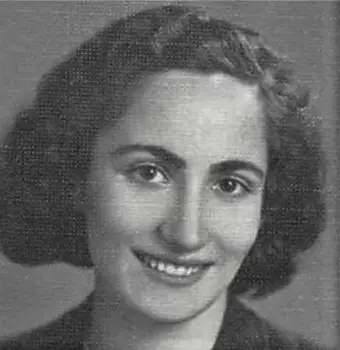
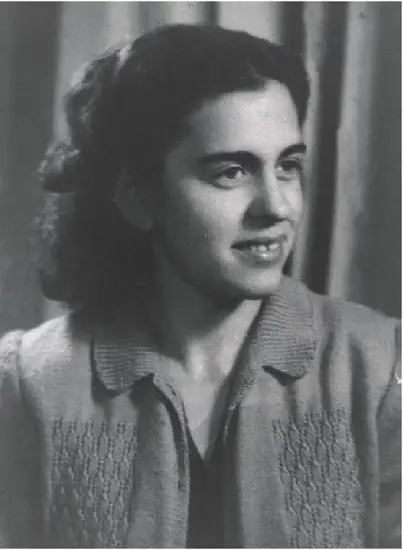
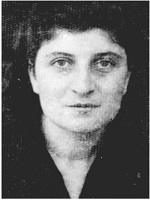
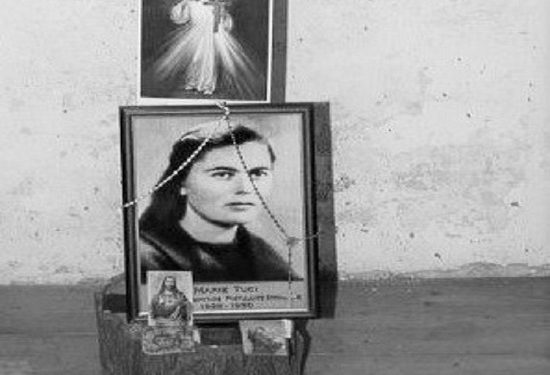

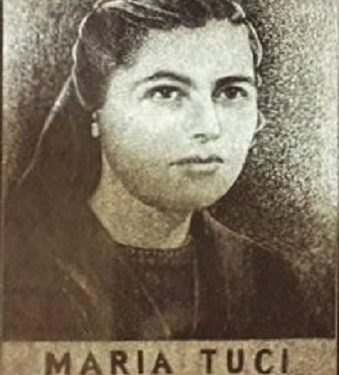
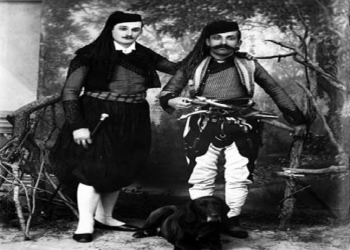
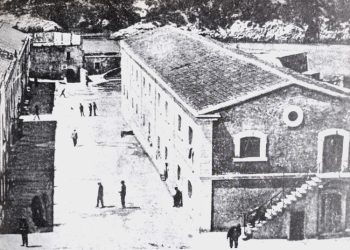

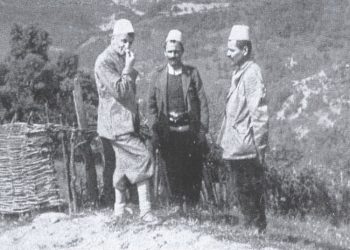
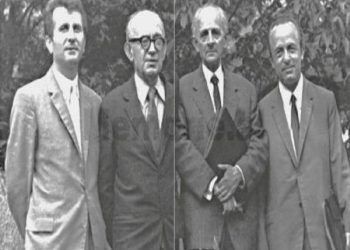
![“We hosted the German friend with wine, ‘Moskat’ raki that Enver [Hoxha] used to drink, but in his villa, he told me: ‘Hey Belul, who told you to accompany Strauss…?’”/ The rare testimony of the former Chairman of the Pogradec Committee](https://memorie.al/wp-content/uploads/2025/11/jozef-shtarus-350x250.jpg)
